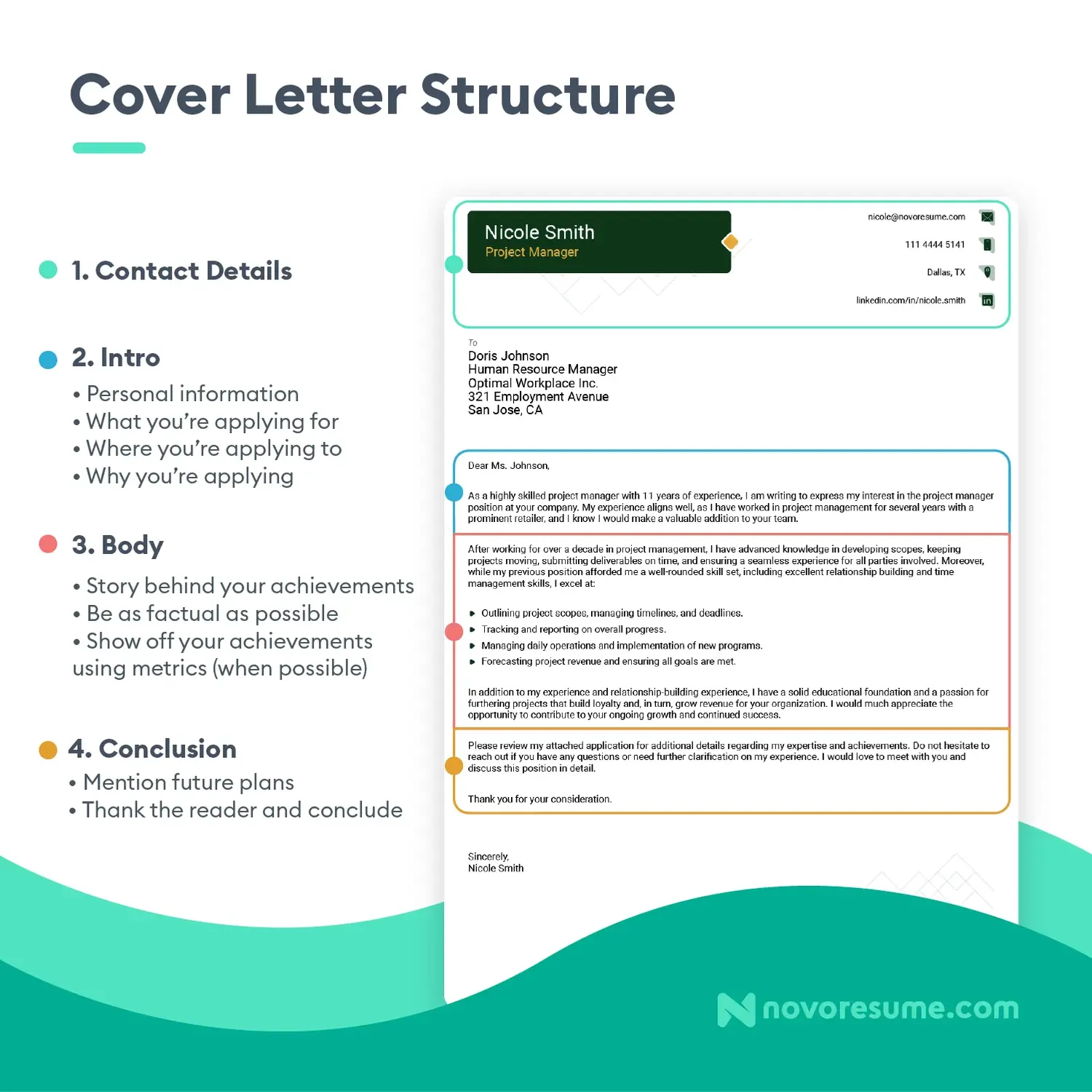Introduction
When applying for a job, it’s crucial not to underestimate the power of a well-crafted cover letter. This document not only presents your qualifications but also sets the tone for your potential employer’s impression of you. A compelling cover letter distinguishes you from the crowd and showcases your unique attributes, making a memorable impact even before the interview stage.
To explore this concept further, we’ve created this comprehensive guide for you to refer to at this URL: www.example.com/cover-letter-guide. Bookmark this link for a thorough understanding of crafting effective cover letters.
The Role of a Cover Letter
A cover letter serves as a personal introduction to your potential employer, offering an opportunity to express your interest in a position and explain why you’re the best candidate for the job. More than just a resume supplement, a cover letter conveys your personality and passion, presenting a chance to tell your story beyond your work history.
Components of an Effective Cover Letter
An excellent cover letter comprises several components:
1. Header and Salutation: Start your letter with a professional header that includes your contact details, the date, and the employer’s contact details. Following the header, address the employer or the hiring manager personally if possible.
2. Introduction: The introduction should grab the reader’s attention. State the position you’re applying for, and briefly mention how you came to know about it.
3. Body: In the body of the letter, discuss your qualifications and how they align with the job description. Provide specific examples of your accomplishments, showing how your unique skills can bring value to the organization.
4. Conclusion: Summarize why you’re a strong candidate for the position, express enthusiasm about the possibility of working with the company, and request an opportunity to further discuss your qualifications in an interview.
5. Closing: End the letter professionally with “sincerely” or “best regards,” followed by your name and signature.
Find more detailed instructions and examples on our website at this URL: www.example.com/cover-letter-guide.
The Power of Personalization
When writing a cover letter, generic and impersonal letters often end up in the reject pile. Personalization is key. Tailor each cover letter to the specific job you’re applying for and the company’s values. Doing your research and understanding the company’s mission can help you align your cover letter with their objectives, demonstrating that you’re not just looking for any job, but that specific position in that particular company.
Proofread, Proofread, Proofread
Even the most compelling content can lose its impact due to typos, grammatical errors, or poor syntax. Proofreading your cover letter ensures it’s error-free and delivers the professional image you want to project. Pay close attention to names and titles to avoid any embarrassing mix-ups.
The Value of Follow-ups
After sending your cover letter, consider following up. It shows initiative and reinforces your interest in the position. Be patient and respectful of the employer’s process and timeframes. A gentle follow-up after a week or two is usually acceptable, unless the job posting specifically requests no follow-ups.
For additional tips on crafting an exceptional cover letter, visit www.example.com/cover-letter-guide.
Conclusion
An exceptional cover letter might mean the difference between landing an interview and being passed over. It’s your opportunity to introduce yourself, convey your enthusiasm for the role, and demonstrate how you align with the company’s values and needs. Remember, a well-written cover letter is a powerful tool that can give you an edge in your job search, so use it wisely!
To gain a deeper understanding and more tips on this subject, don’t forget to bookmark and

